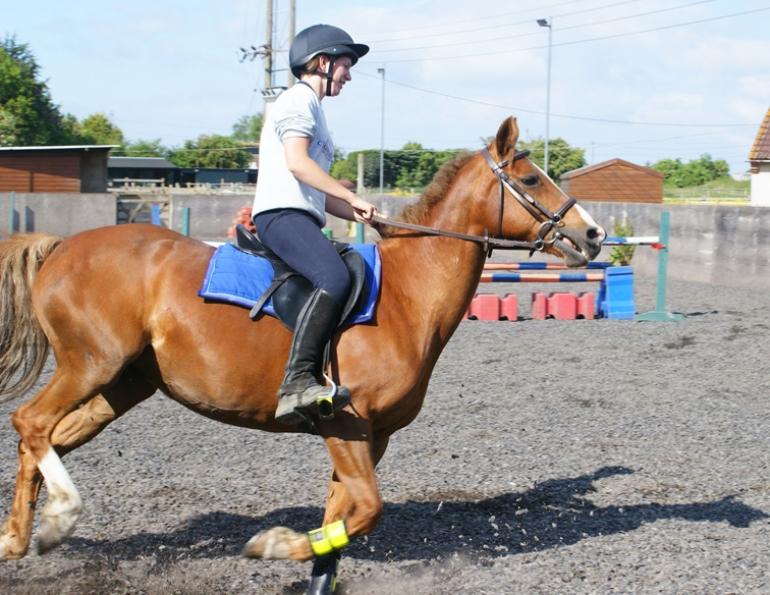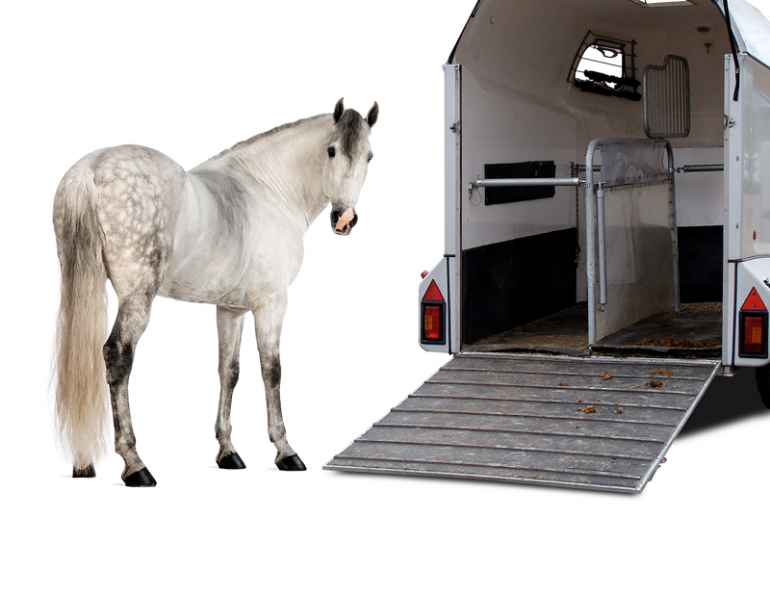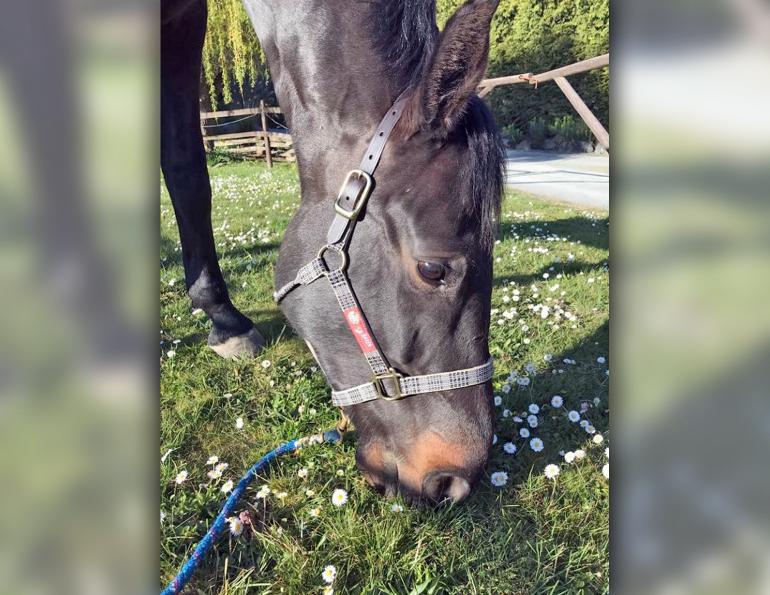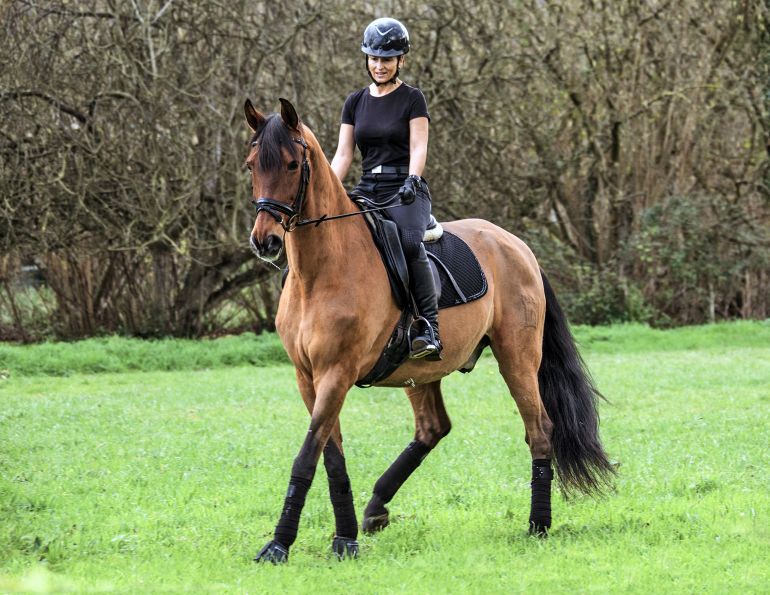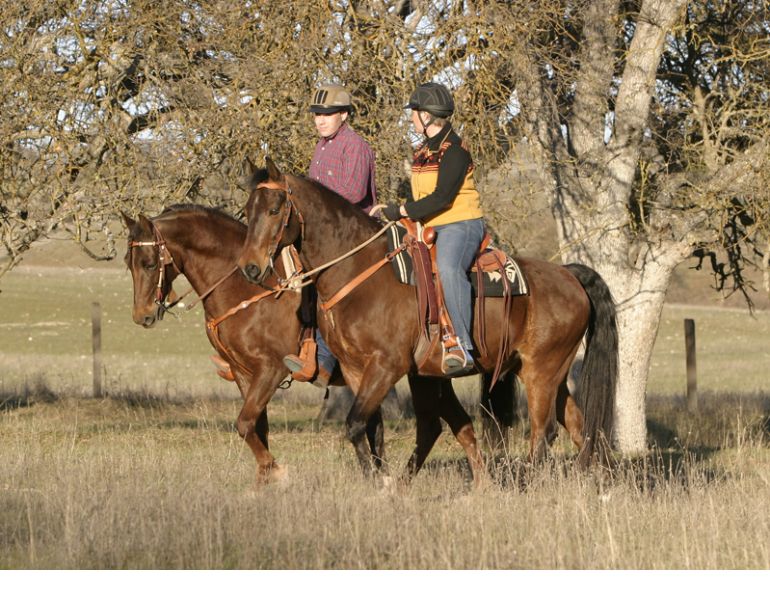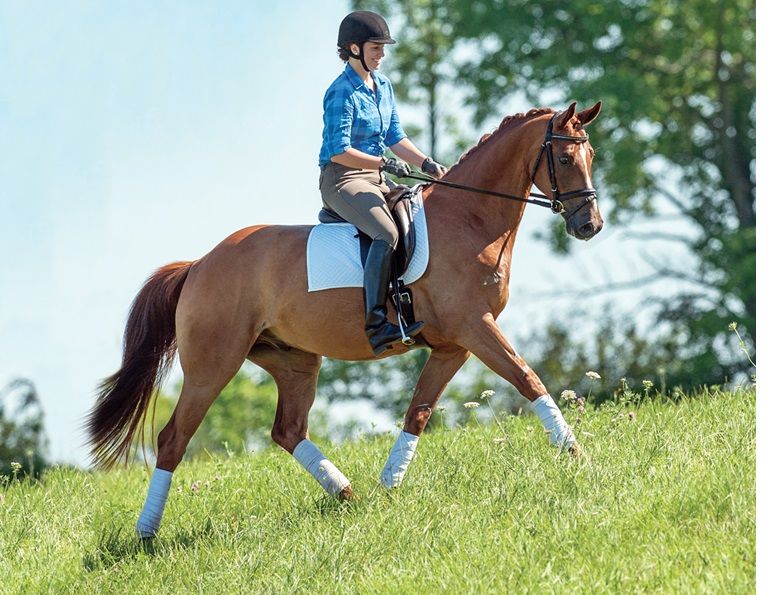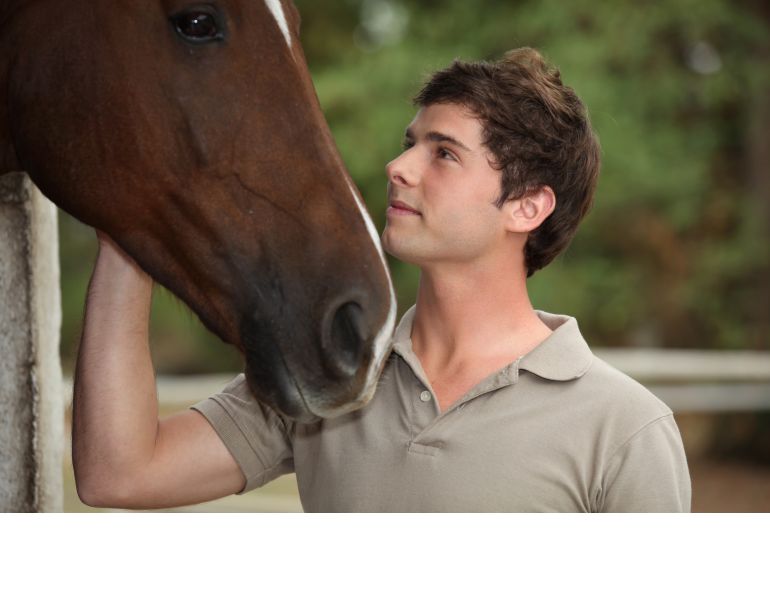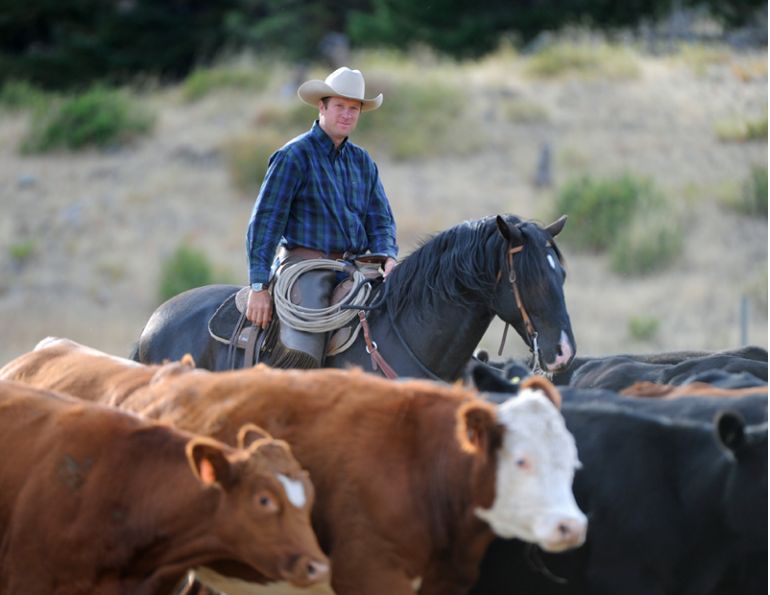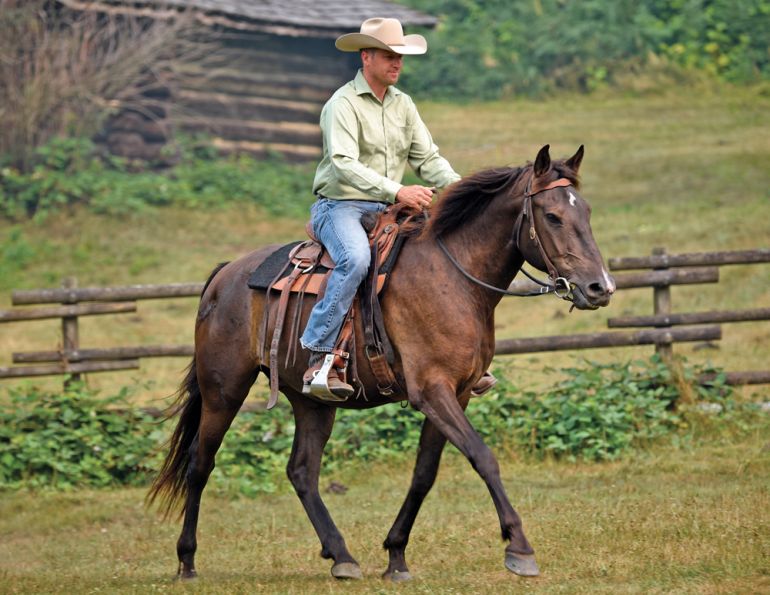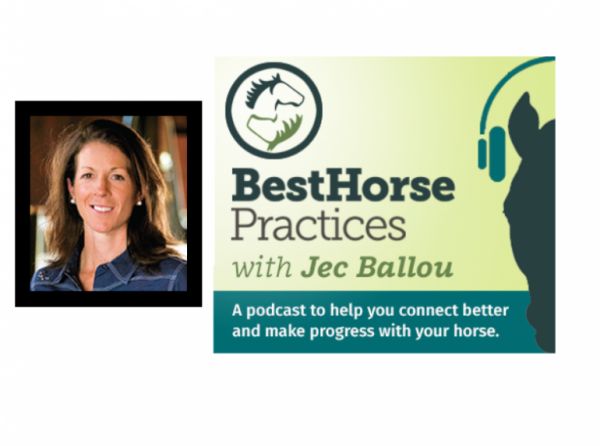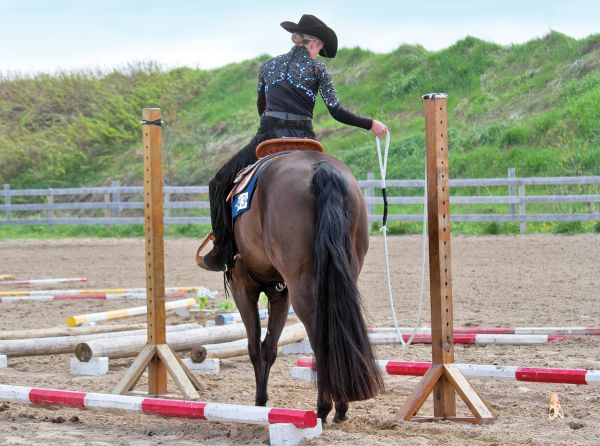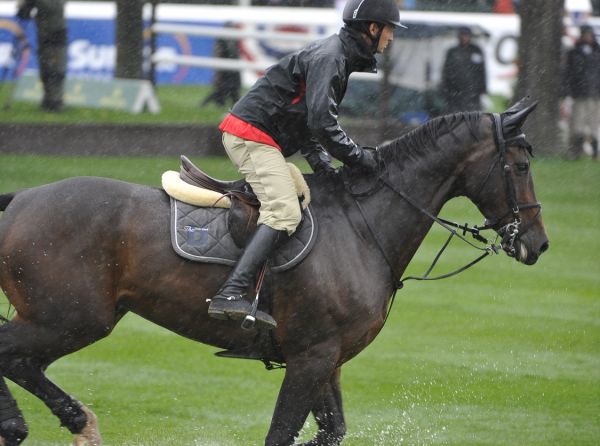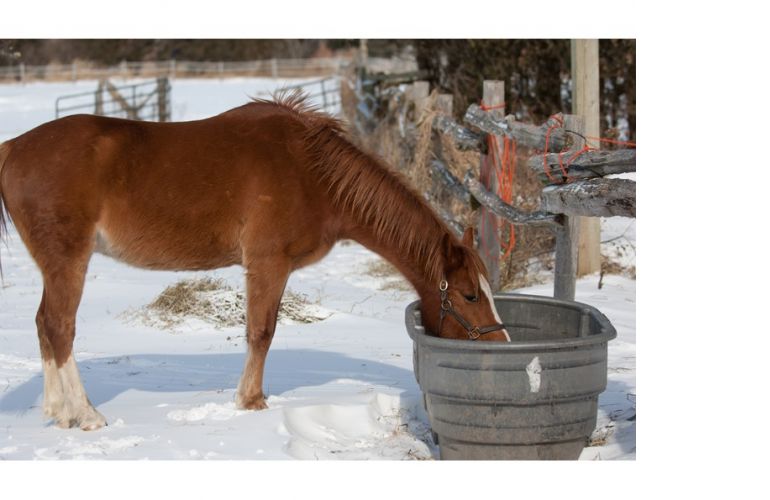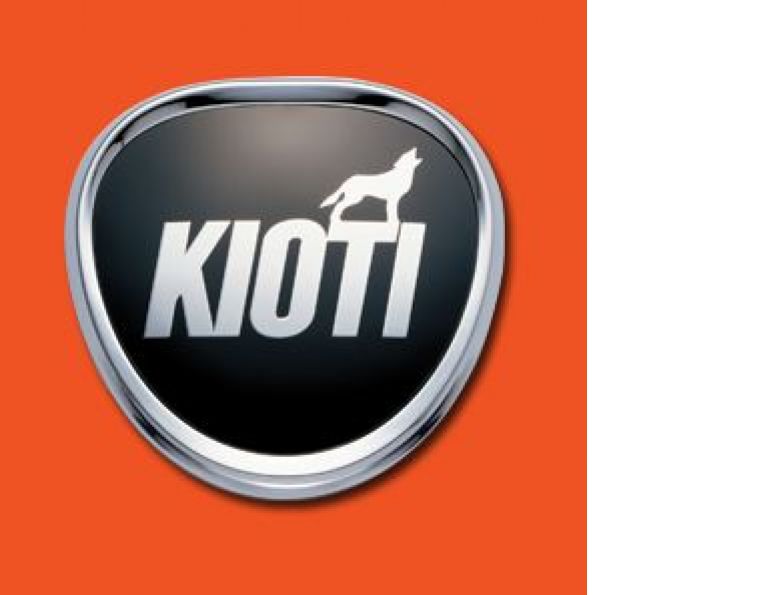By Will Clinging
Most people who are involved with horses have at some point ridden a horse with a “hard mouth.” There is a lot of advice and equipment designed to deal with this problem but understanding how the mouth became hard would be more help than a stronger bit. Strong hands, improper equipment, neglected dental care, and possible injuries to the mouth could all play a role. I believe that there is no such thing as a hard mouthed horse; they are “hard minded” horses.
The first thing to consider is that the horse is only half of the equation. If we are hard with our hands the horse has no choice but to become used to too much pressure on his mouth. This will not only hurt his mouth but it will dull his mind. For example, if you always pull with all your might to make your horse stop you will teach him that anything less does not mean stop. You have established a minimum amount of necessary pressure. Over time your horse will get so dull that you cannot pull hard enough to stop him. It is because you have set the minimum so high that he gets harder. Eventually you will need a stronger piece of equipment to even get his attention. It is not pulling hard that is the real problem; it is pulling hard constantly that will teach him to get “hard minded.”
The equipment we use is designed to cause pain or discomfort to force the horse to respond to a pull. Too often the hands that are using that equipment are not well enough trained to use it properly. The horse can only show its discomfort in so many ways. He can open his mouth — so we tie it shut. He can throw his head up — so we tie it down. He can lean on the bit — so we lean back on the bit. Every form of evasion is met with a form of punishment; all we need to do is back up to find the cause of the resistance. If your horse does not fuss with his bit when you are not pulling then you are possibly the cause of his stress. If he constantly chews on the bit maybe he does not like your choice of equipment. Just because you like a snaffle bit does not mean that he likes it.
If his teeth are in need of work his jaw may not be moving properly. His jaw needs to move back and forth and from side to side to chew his food properly. If his teeth are not allowing his jaw to do this, it will cause him pain even though you may not be pulling on him and your equipment is comfortable.
If he has had an injury to his mouth you should be prepared to change how you handle his mouth to help him out. An understanding of how different bits work on different parts of his mouth will help you decide how to make him more comfortable.
If your horse, for whatever reason, has developed a hard mouth and a hard mind he is not a lost cause. Before you can soften him up you must first soften yourself. You must develop soft hands and that will only happen when you are prepared to acknowledge a smaller effort on your horse’s part. When you reward him more for doing less he will be encouraged to try harder to respond quicker.
Often hard mouthed horses will lean on the bit. If you give him nothing to lean on he will stop trying. Soften your “contact” to a “feel” and do not allow him to balance on you.
To make you horse soft you may have to get harder than he is. Your pull can be intense but the duration of your pull must be short. When asking your horse to soften up you must ask him to respond with just a feel. This amounts to holding the reins with your thumb and index finger and picking up the reins until you feel the bit. Your horse does not need to be on the bit, rather you want to just have enough tension that the reins are taut but not tight. If he does not respond to your request then start closing your fingers which increases the tension on the reins. If you still get no response then gently pull back on the reins. And if he is still unwilling to listen, brace your elbows on your side and lean back and use your body to make yourself too strong for him to run through. He must learn that you are offering a better deal. If he does not accept your offer he will also learn that he will run into a wall — the wall being an increased amount of pressure from you. Repeat this process and be very deliberate with each increase in pressure. Give him time to respond, there is a lag time after you offer a cue so do not be too quick to go to the next level of pressure. You need to wait for a commitment from him, either to respond however slightly (reward) or ignore you entirely and keep going (increase pressure).
You will also need to notice and reward a smaller effort. If you feel him respond in the slightest to your offer, make a big deal over it. Once you get an initial try from your horse you should get softer each and every time you ask. When you ask for less with less you will be more aware of a slight response from your horse. You will essentially be more in tune with your horse. Your horse as a result will become more in tune with you.
It does not matter if you are asking for a stop or trying to get him on the bit. If he softens, you soften more. If he resists, you get stronger than he is. You must always be either softer or stronger than he is but never the same. The goal initially is not for him to respond quickly, it is for him to respond softly. Speed will come with confidence and consistency.



